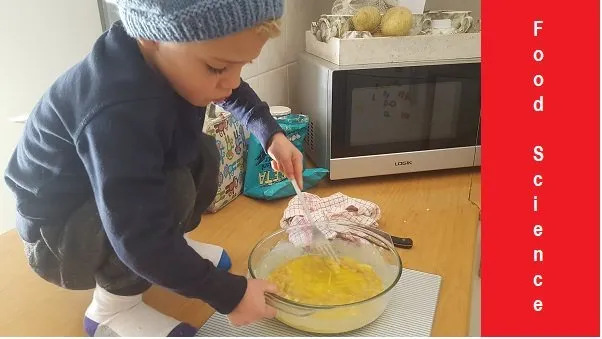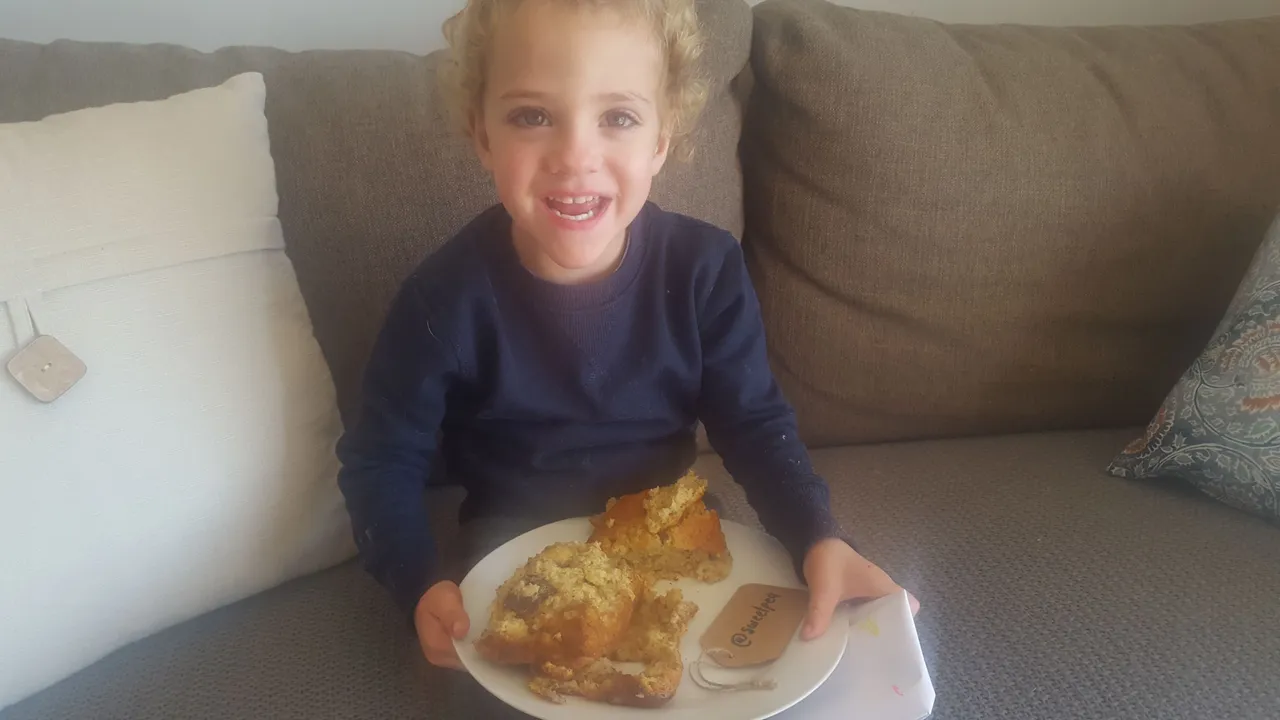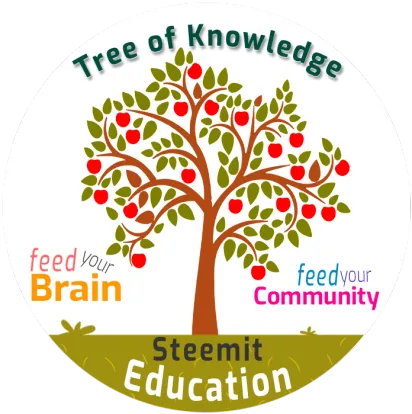Cold and windy afternoons call for indoor play and comfort food! My three-year-old and I decided to combine the two recently and we set up our kitchen laboratory to do some “food science”, that is, we baked! Baking is a process that requires precision and depends on chemistry. For instance, if you skip kneading your bread dough, the protein won’t be released effectively and your bread will have no structure; forget to add the acidic buttermilk to your pancake mixture, and you will miss out on their fluffiness that comes with the release of carbon dioxide.

{All Images By @sweetpea}
SCIENCE, BANANA'S AND ITCHING FINGERS:
While my preschooler is a tad too young to understand the complete theory, there were certain processes that he really took to while we made our very own (botched) Banana Bread. Here’s what we learnt:
- First, we peeled the bananas and discussed how they were quite hard and in a solid state. I let my son mash them up with a fork and then I asked him if they were still hard and dry. He said no, now they were mushy and felt wet. From this he learnt that there is water in bananas.
- The same concept was discussed before and after we melted the butter, which is what we needed to add to our mixing bowl next. Here we also talked about how things can melt when they get hot, just like ice-lollies! This means that substances have a melting point and a freezing point.
- As we continued to add the dry ingredients I explained to my son that everything we were adding would make the delicious banana bread we were about to eat and that if we skipped an ingredient, it would not come out as delicious as we want it to be. All these ingredients at their exact measurements would react together to make a perfect loaf of bread.
- Then I turned my back, for a split second. When I looked again my kid was pouring the glass of water I had been drinking into our mixture! Oh dear!! He was enjoying the fun of adding and mixing things together so much that he couldn’t help but add one more ingredient of his own. I explained to him that it is very likely now that our bread won’t “cook” perfectly, because water wasn’t one of the ingredients needed for the perfect chemical reaction – mom was right, as always!
- Since our recipe was compromised, my son was a bit devastated at the thought of it not tasting yummy. To cheer him up and experiment more, we decided to add some chocolate blocks to the mixture to see what our improvised recipe would create.

- Next step was to place our mixture into the oven to bake. I explained to him that for the chemical reaction to work, we needed heat. The heat dries up our wet mixture to make it dry and fluffy, so that we can enjoy it as a solid snack.
Just like I predicted, there was too much liquid added to our banana bread mixture and it didn’t set quite as well as the recipe usually does. When I turned the baking tin to release the loaf, it crumbled apart. I think this had a lot to do with our chocolate blocks too, since they didn’t melt as much as I thought they would, instead they remained quite solid and prevented parts of the mixture from blending together as it should have.

My kid was a little disappointed at first, but his smile reappeared when it was time for taste testing, and oh my it tasted soooo much better than how it looked, quite scrumptious with the added chocolate in fact! Tasting the science was by far our favourite part of this experiment!
As adults we often take food for granted, we forget how nature used science to create the ingredients and then we forget to think of how amazing it is that when we combine these ingredients, we create a new type of food all together! Do yourselves a favour and spend some time in the kitchen with your little ones, discover and explore science through cooking and baking, you will appreciate what you put into your tummies a whole lot more and you will learn while having fun!
Much love - @sweetpea

